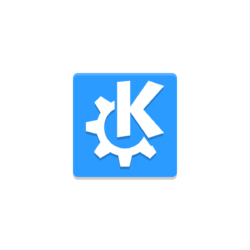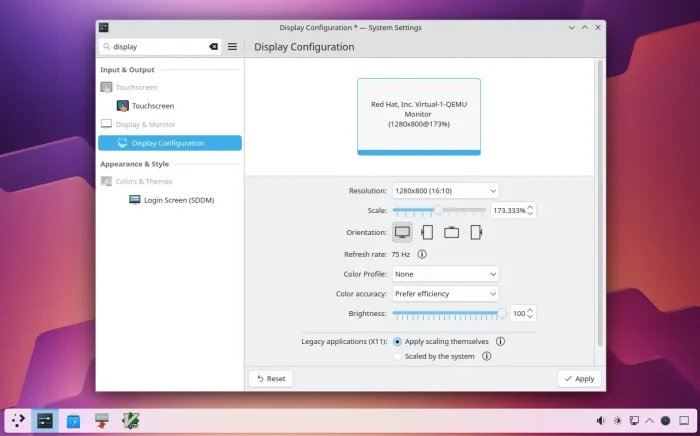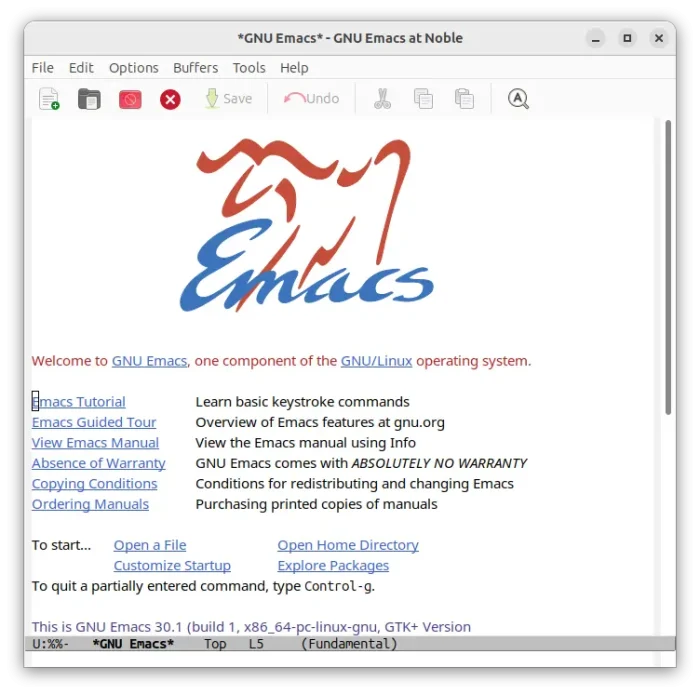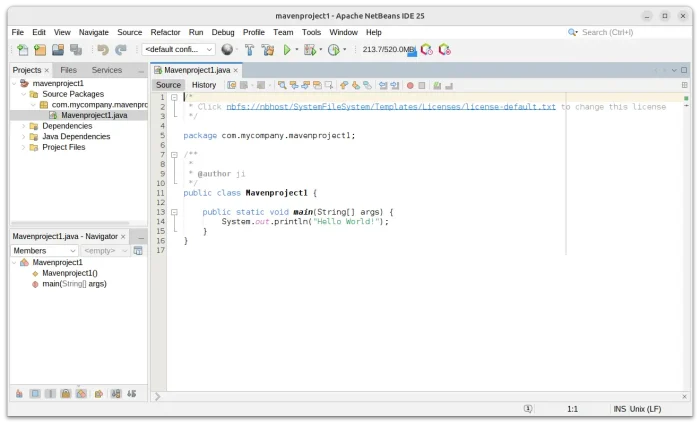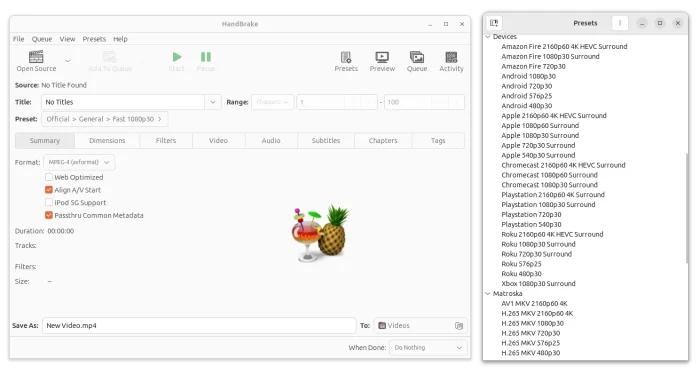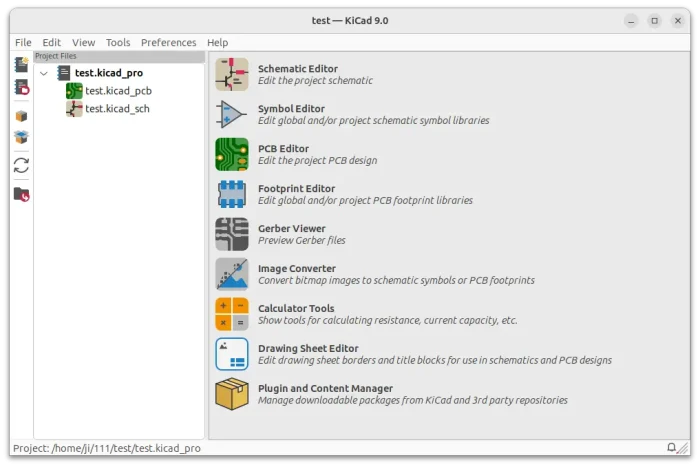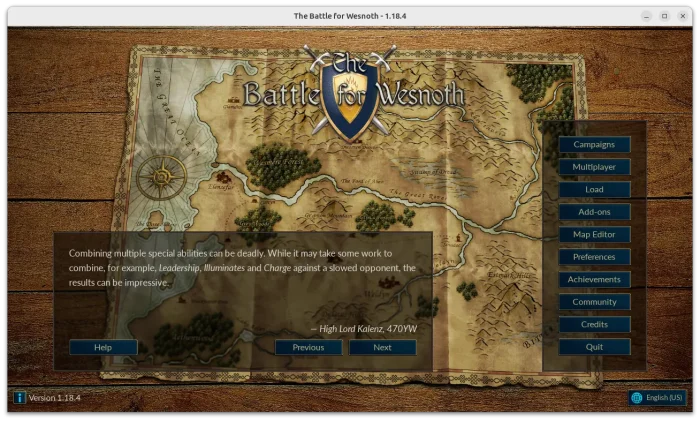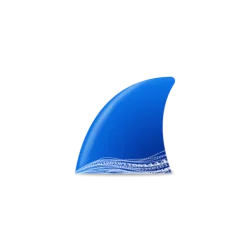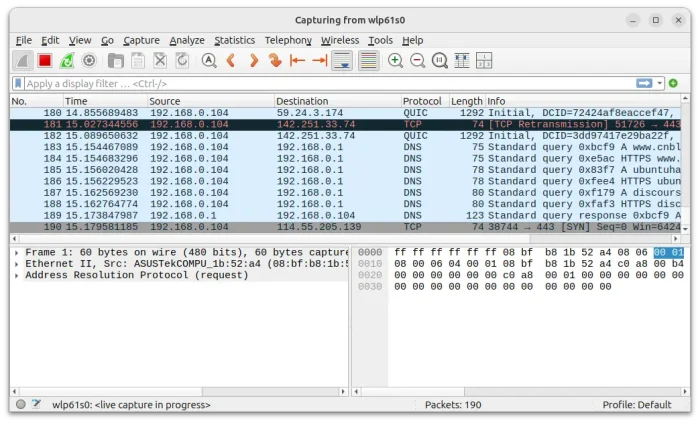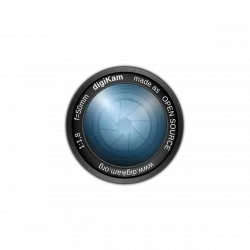Just a week since the last release, KDE announced the second maintenance update for the Plasma 6.3 Desktop.
Plasma 6.3.2 added support for fractional scaling with denominator of 120. According to this page, the appropriate denominator for the scale is 120. However, Display Configuration previously only allowed 5% increments. In the new release, it supports setting a scale of e.g., 174.167% (209/120).



